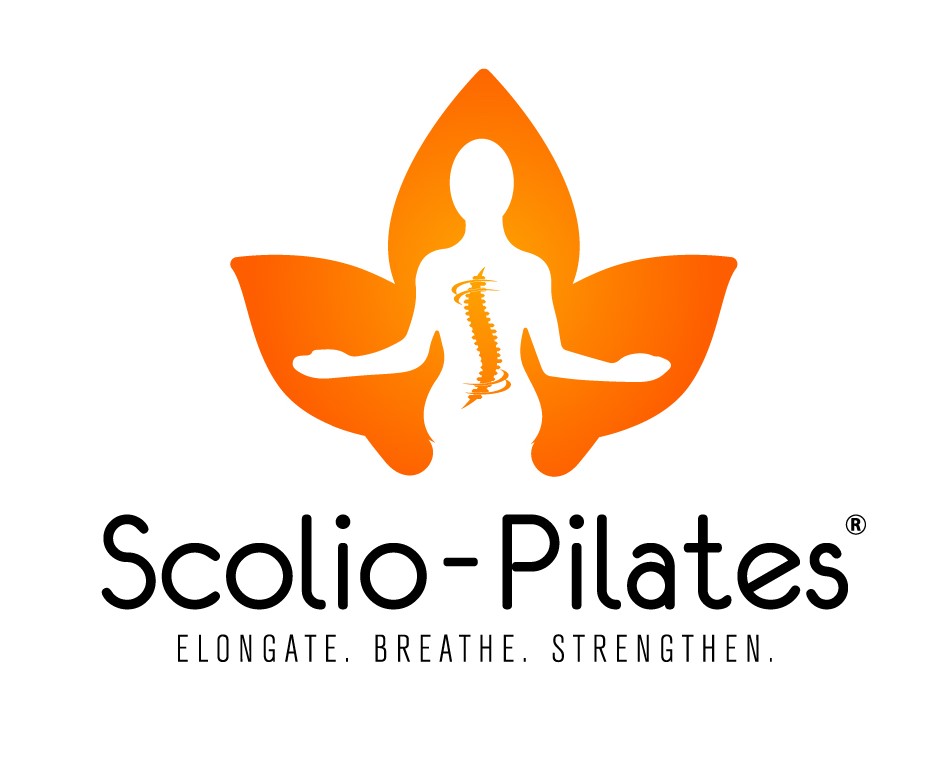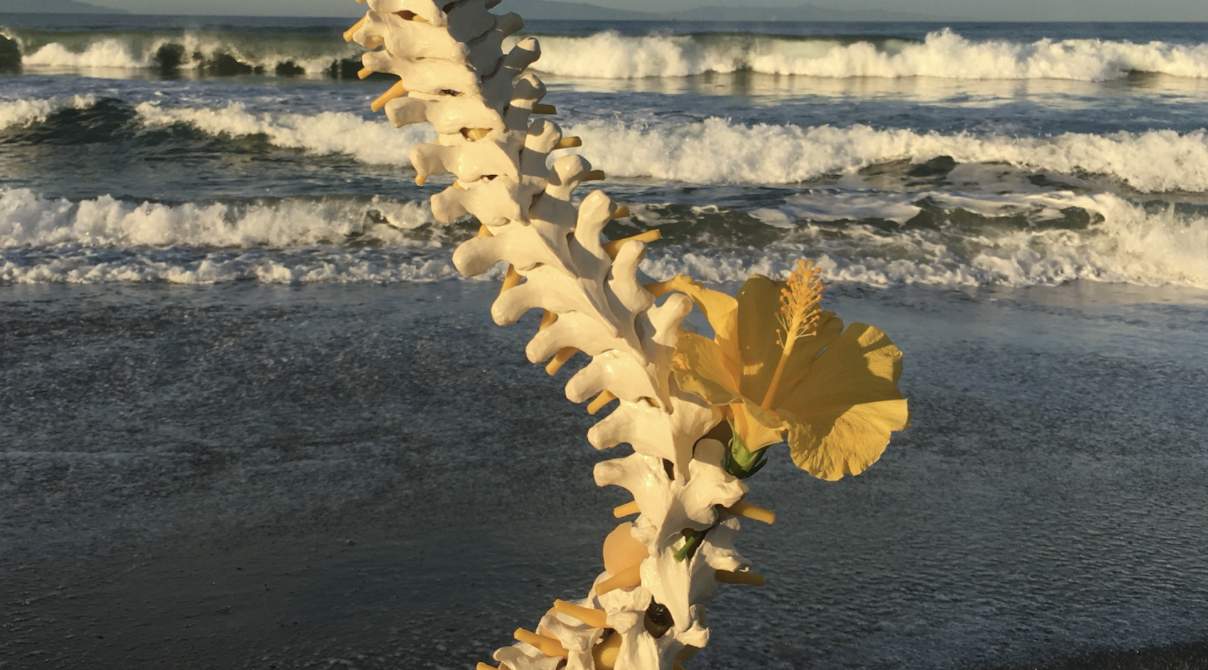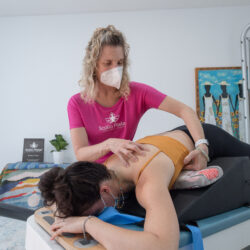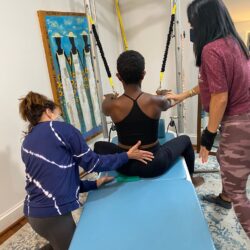By Karena Thek
Approximately 7 million people in the U.S. have idiopathic scoliosis, according to the National Scoliosis Foundation. Observation, bracing and surgery are the standard of care in the treatment of scoliosis today. After x-rays confirm the degree of curvature, adolescents are categorized into one of these 3 groups of treatment.
- Observation: <25 degrees
- Bracing: 25-40 degrees
- Surgery: >40 degrees
Therapeutic exercise remains the gold standard in the treatment of lower back pain, yet only recently exercise is gaining acceptance as a management option for scoliosis. Why is this? There is a scarcity of current research addressing exercise and scoliosis treatment. A 2014 study found that “Active self-correction and task-oriented exercises reduce spinal deformity and improve quality of life in subjects with mild adolescent idiopathic scoliosis.” (1) Monticone et. al performed a randomized controlled trial of 110 subjects. 55 were randomly assigned to the experimental group, which consisted of education, active self-correction of their curve, and task-oriented spinal exercises. The other 55 were assigned to the control group and performed traditional spinal exercises.
At the conclusion of the study, the active self-correction group had a decrease in their Cobb angle >5 degrees on x-rays, and the control group stayed the same. The improvements in the experimental group lasted up to a year after the study ended. The key difference? One group did active self-corrections like in this video ( video with Maia doing her corrections) and the other group did traditional spinal exercises.
Another more recent study published in 2020 looked at the “Outcome of 24 Weeks of Combined Schroth and Pilates Exercises on Cobb Angle, Angle of Trunk Rotation, Chest Expansion, Flexibility and Quality of Life in Adolescents with Idiopathic Scoliosis.” (2) This study compared two groups that participated in the same combination of Schroth and Pilates Exercises, but one group of 18 participants also wore a brace, and the other group of 51 participants did not wear a brace. The results? Both showed significant improvement in Cobb angle.
The treatment of scoliosis today is finally acknowledging exercise as an effective option. In both studies mentioned, participants maintained a consistent practice of self-corrective exercise to achieve lasting change in their scoliosis.
Citations
- Monticone, M., Ambrosini, E., Cazzaniga, D. et al. Active self-correction, and task-oriented exercises reduce spinal deformity and improve quality of life in subjects with mild adolescent idiopathic scoliosis. Results of a randomized controlled trial. Eur Spine J 23, 1204–1214 (2014). https://doi.org/10.1007/s00586-014-3241-y
Are you a professional looking to serve those with scoliosis? Learn the steps towards becoming an Authorized Scolio-Pilates Practitioner.



